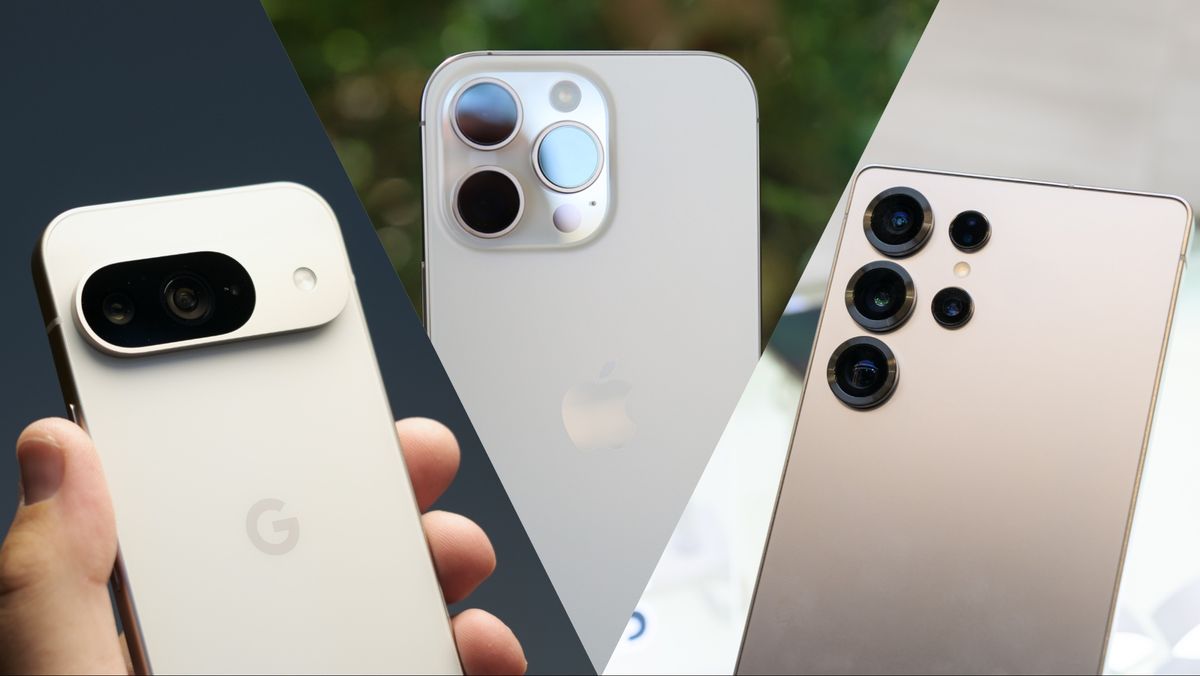
Are Current Smartphone Designs Boring? We Asked 1,500 People and the Results are Conclusive.
We conducted a survey and you responded: it's better to forget about Apple and Samsung.
Recently, a debate has emerged around smartphone design, which seems to have converged toward a more homogeneous aesthetic. Nowadays, phones feature flat metal edges, softly rounded corners, and understated industrial colors, prioritizing functionality and a subtle style over the bold personalities that characterized earlier models like the Samsung Galaxy Note and the iPhone 5C.
Despite this uniformity, the latest devices stand out for being technically superior to their more distinctive predecessors. Foldable phones, like the Galaxy Z Flip 6, offer fun options for those who prefer a bolder design. In February, a survey was conducted in the community's WhatsApp channel, asking participants for their opinions on flagship smartphone designs in 2025.
The results were clear: 62% of respondents indicated that current designs are boring, wishing for more variety. Additionally, 16% mentioned that they understand the need for uniformity, adding up to 78% of negative opinions regarding the current state of smartphone design. Only 14% believe that designs are better than ever, and just 8% feel there is still enough diversity in the market.
The sales situation among major brands like Apple, Samsung, and Google has not been encouraging, with a steady decline since 2021. Although innovations were expected through artificial intelligence features, they have not managed to reverse the negative trend. Furthermore, purchasing habits have changed; it's becoming less common to replace phones every two years. Most consumers now choose to do so every four or five, as more affordable models are now offering software support for up to seven years and have hardware that can remain operational during that time.
While it's undeniable that modern smartphones may seem monotonous, their functionality and adaptability should not be underestimated. This reality has raised questions in the industry, especially for companies like Apple, which has faced criticism for sticking to a non-innovative iPhone model. Despite rumors of a potential design change for the iPhone 17, it's uncertain whether a slight adjustment in aesthetics will excite consumers once again.
Thus, the question arises: what actions should manufacturers take to rejuvenate a smartphone market that appears stagnant?




